The standard argument is that polished porcelain tile in the bathroom is not slippery when wet, which is an oversimplification. However, a more correct statement is that several conditions affect it.
Furthermore, what a homeowner might perceive as “slippery” does not necessarily correspond to the relatively clinical idea of slip resistance when considering the technical definition of slip resistance and the formal test that defines the concept. to be
All ceramic tile manufacturers subject their products to battery tests to determine the slip resistance of their tiles.
For example, the pendulum test mimics the way the heel makes contact with the floor. In addition, there are ramp tests (such as DIN 51130, DIN 51097 (barefoot), and BS 4592) that give different results.
Everyone knows that every shoe has a unique sole, and some materials perform better in dry weather than wet shoes on smooth terrain.

All standard tests are conducted under very strict guidelines that cannot possibly replicate the wide range of scenarios a homeowner might encounter when stepping on a wet porcelain tile floor.
For this reason, the American National Standards Institute (ANSI) created several standards that attempt to classify the slip potential on a particular surface into three categories: “less likely to slip,” “likely to develop,” and “more likely.”
Without getting overly scientific, manufacturers of porcelain stoneware in the United States test their products according to ANSI A326 3 Dynamic Coefficient of Friction (DCOF) of Hard Surface Flooring Materials: American National Standard Test Method.
Pavers should achieve a score > 0.40 in DM236/89 B.C.R.A. DCOF to pass this test. It is important to note that even in this document it is stated that many factors affect the likelihood of slipping on a surface, such as the material of the sole of the shoe, the degree of wear, the type and presence.
Other factors include the surface pollutants on the pavement, the speed and length of a person’s walk at the time of slipping, whether the pavement surface is flat or sloping, and the amount of drainage on the pavement surface.
The ANSI test makes no claims to correlate with the actual shoe or how a person moves on the surface. This is based exclusively on the use of the SBR rubber “foot” test.
Basically, resistance is measured by dragging a rubber pad across a wet surface for a set distance. The surface of porcelain pavers is exposed to the meniscus effect like glass, which prevents the complete drainage of surface water.

A porcelain tile may retain a small layer of water until it evaporates or the edge meniscus breaks under these conditions. Unlike ceramic or porcelain patio tiles, porcelain pavers are often made with an uneven surface that is molded or pressed into the paver surface before being fired.
The degree of relative smoothness or roughness of this textured surface varies significantly across a manufacturer’s product line and is largely determined by the particular paver design the company is attempting to create.
The problem for consumers is that comparing paver manufacturer specifications rarely provides a meaningful indication of the slip resistance offered by one paver versus another. Instead of giving an exact figure, the vast majority of manufacturers will just say that a particular paver has passed the appropriate slip resistance test.
There are advantages and disadvantages to using porcelain pavers in any environment, but they are specifically designed for outdoor use because they are thicker than standard indoor tiles. They are less prone to breaking or breaking because they are thicker.
They may also be used for raised roof decks, as they only require height-adjustable posts at each corner.
Therefore, they are suitable for outdoor use in most conditions. As with any other product, the design limitations and technical requirements of porcelain stoneware should always be considered in relation to their intended use.
If you are worried about falling in water or slipping and falling on the surface of your porcelain tiles during a rainstorm, it may be used to increase their adhesion and slip resistance.
Popular anti-slip additives include some acid, which gently etch the surface to increase traction between the pavement and the shoe sole.
However, as predicted, it is ineffective when the paving stones are covered with snow or ice. This method can be used to increase the slip resistance coefficient of dry and wet porcelain tiles. In such conditions, porcelain tiles may become slippery regardless of their surface treatment. If you plan to put porcelain pavers around the pool, you should get pavers with a rougher surface.

If you’re considering limestone, sandstone, or travertine pavers, natural travertine is definitely more absorbent than porcelain pavers, but it’s also more susceptible to moss and mold. However, it will probably be less slippery, which is an advantage
If you are concerned about these disadvantages of travertine, you should know that travertine-like porcelain pavers are now available in colors and styles that approximate the look of original travertine while being completely stain, mold, and moss resistant. .
Unless you work in a lab, engineering office, or academic setting, the last time you probably used the term “factor” was in high school math.
However, understanding the coefficient in relation to hard materials and movement is essential if you are purchasing flooring for your home. Two numbers are involved because this is a multiplier. How these two variables relate to each other determines the slip resistance.
A number represents the horizontal force required to move one surface (such as a shoe) across another surface (such as a tile floor).
The second image shows the force between two surfaces. It is better to have higher COF slip resistance levels than lower levels. COF readings generally range from 0.3 to 0.6 for clean, dry items that rub against each other.
The coefficient of friction between two very slippery objects may be as low as 0.04, where zero indicates the complete absence of friction.

Natural stone can be cut and polished until it looks like glass. At the first sight of rain, large public and commercial buildings with highly polished granite or marble floors install mats. At the opposite end of the range, clay tile, quarry tile, and track brick all have high COF values.
The tile industry voluntarily submits its products to slip resistance tests conducted by independent laboratories. The North American Tile Council’s newest test, the DCOF AcuTest, is designed to more accurately simulate real-world conditions than previous tests. Over time, tests have evolved.
The most recent test exclusively evaluates dynamic skid resistance, while the previous test also evaluates static skid resistance.
Static resistance is the amount of force required to induce motion between two fixed surfaces. A person standing on a fixed incline is an example. Dynamic resistance refers to the amount of force required to maintain the motion of two moving surfaces.
An example of this is a person walking on a tile after stepping on a surface. If you need to know more about polished porcelain tile sliding surface, you can contact our sales managers and get more information.
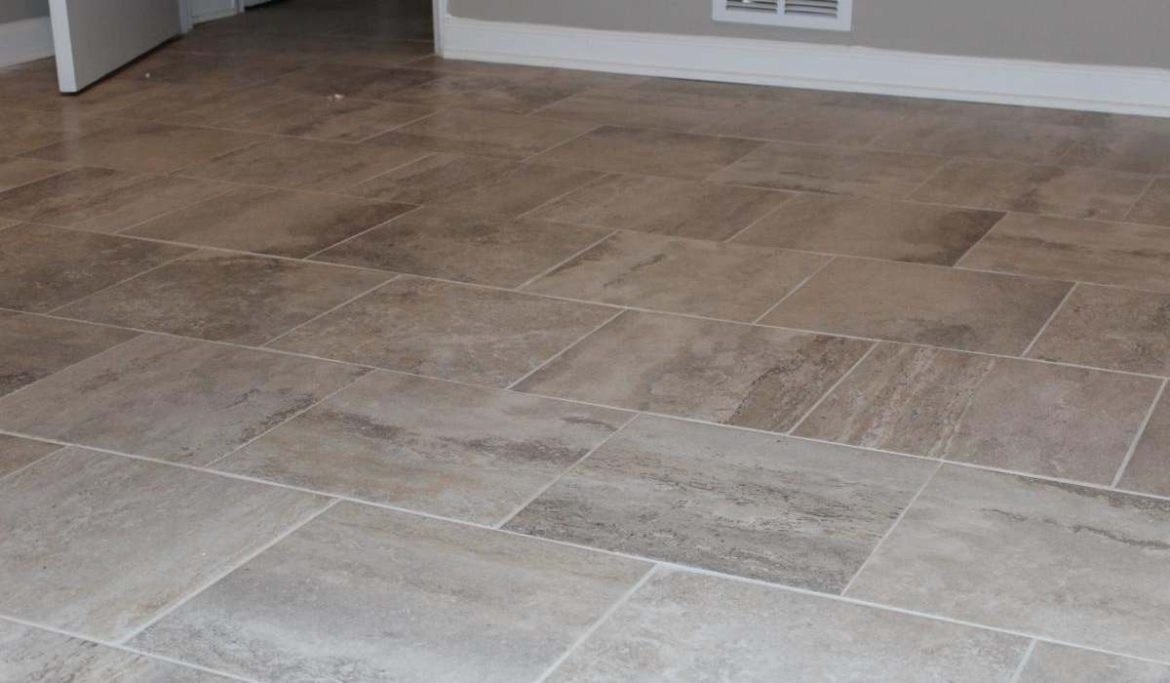

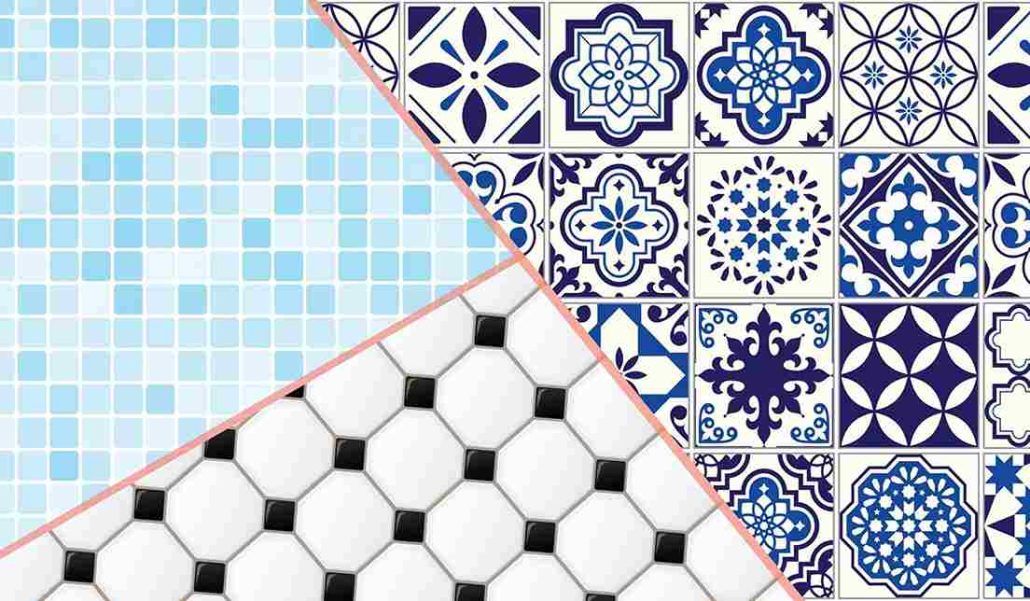
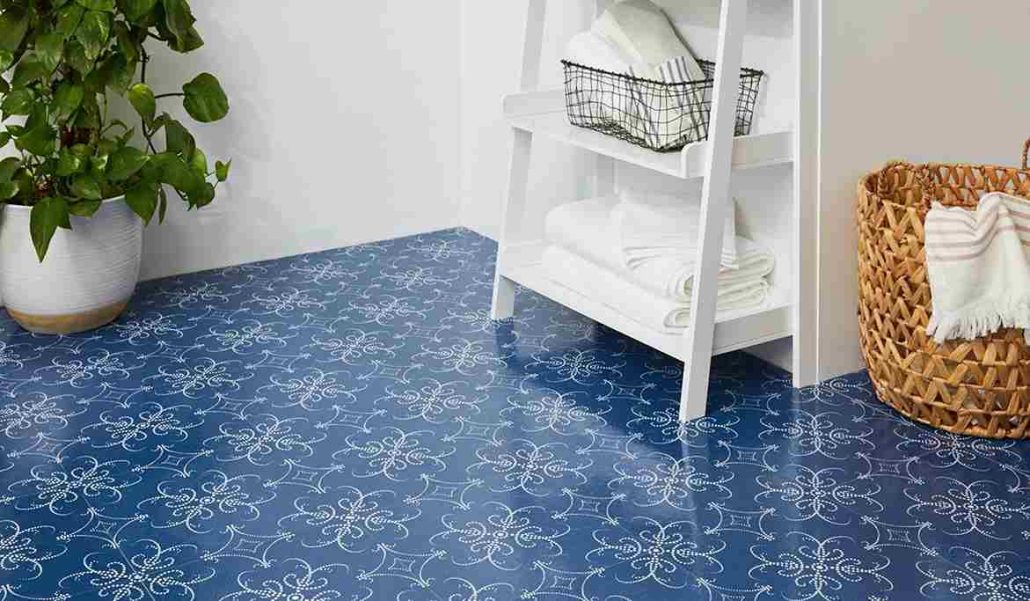

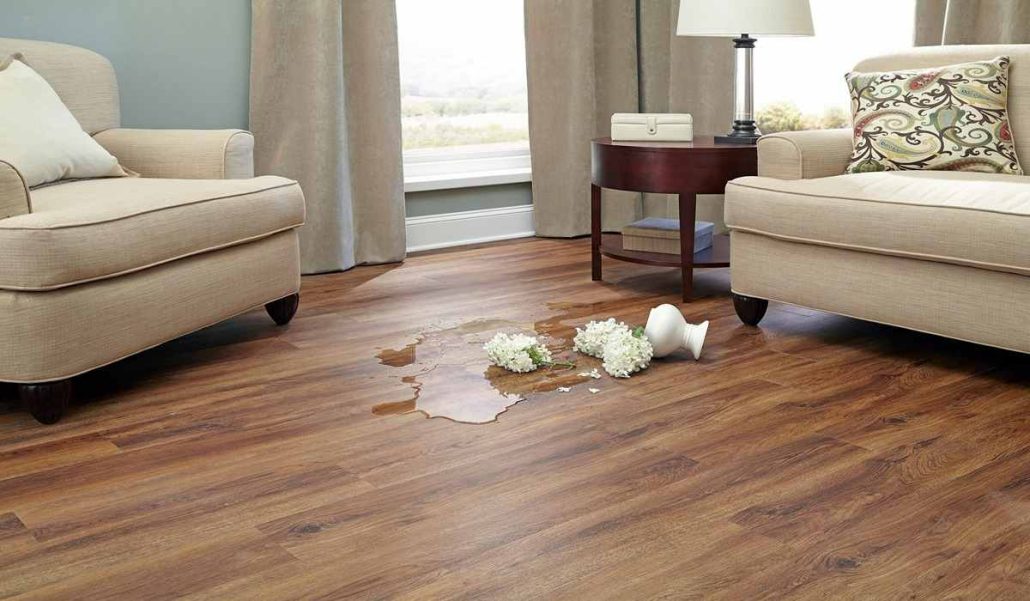
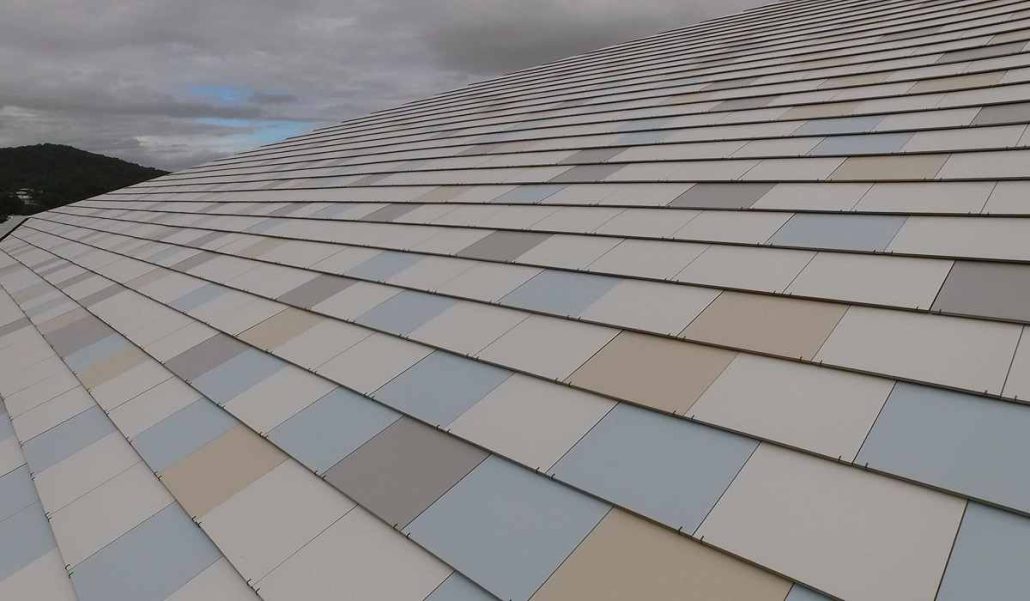
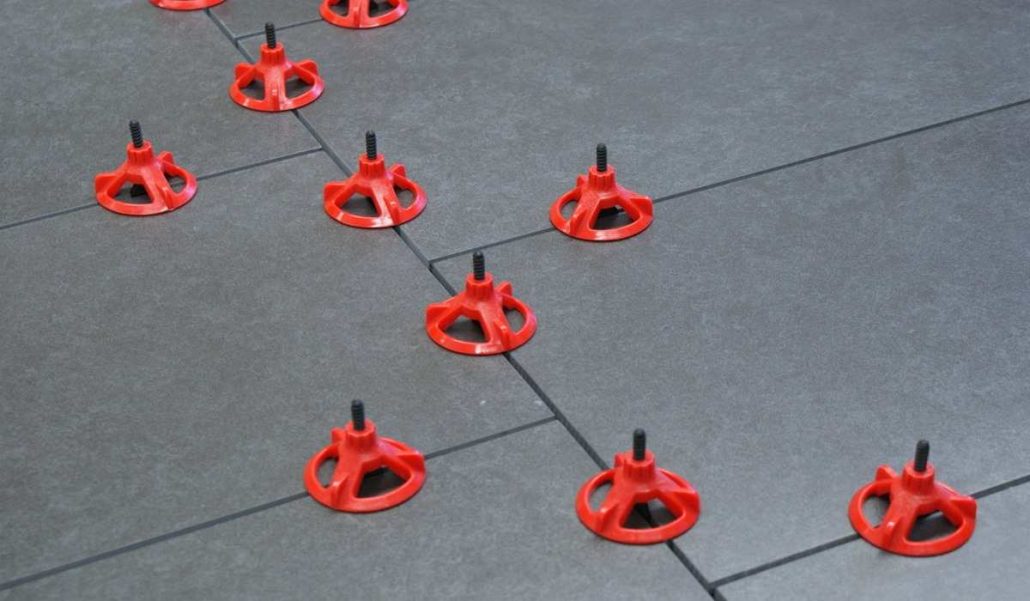
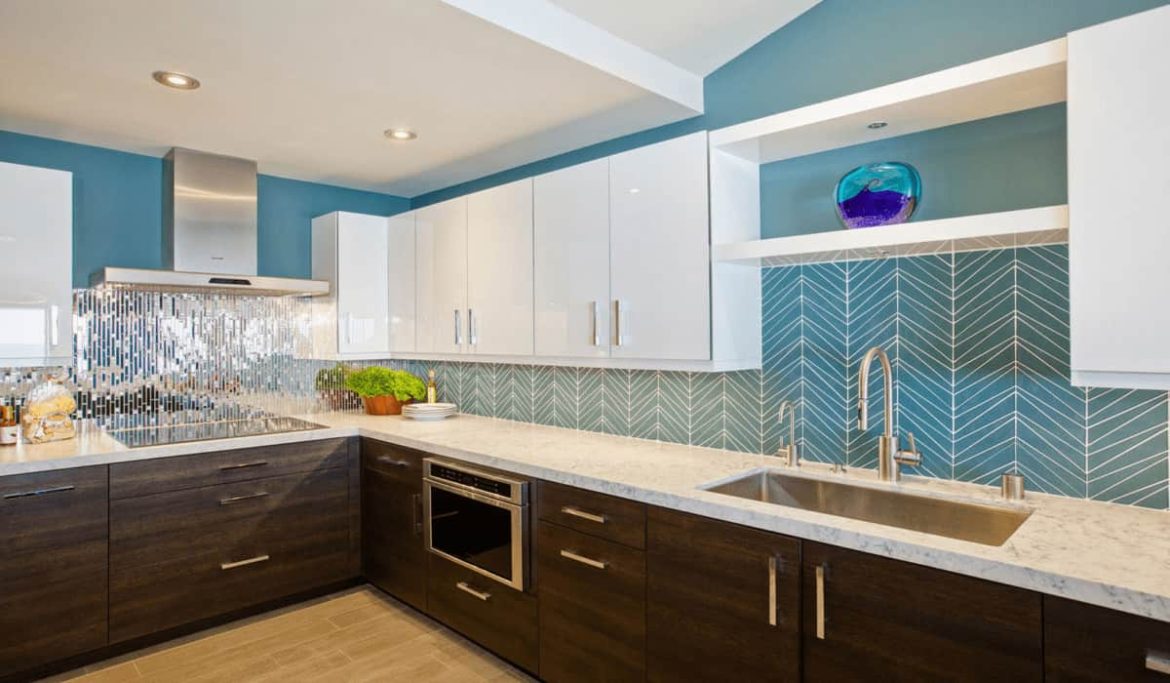
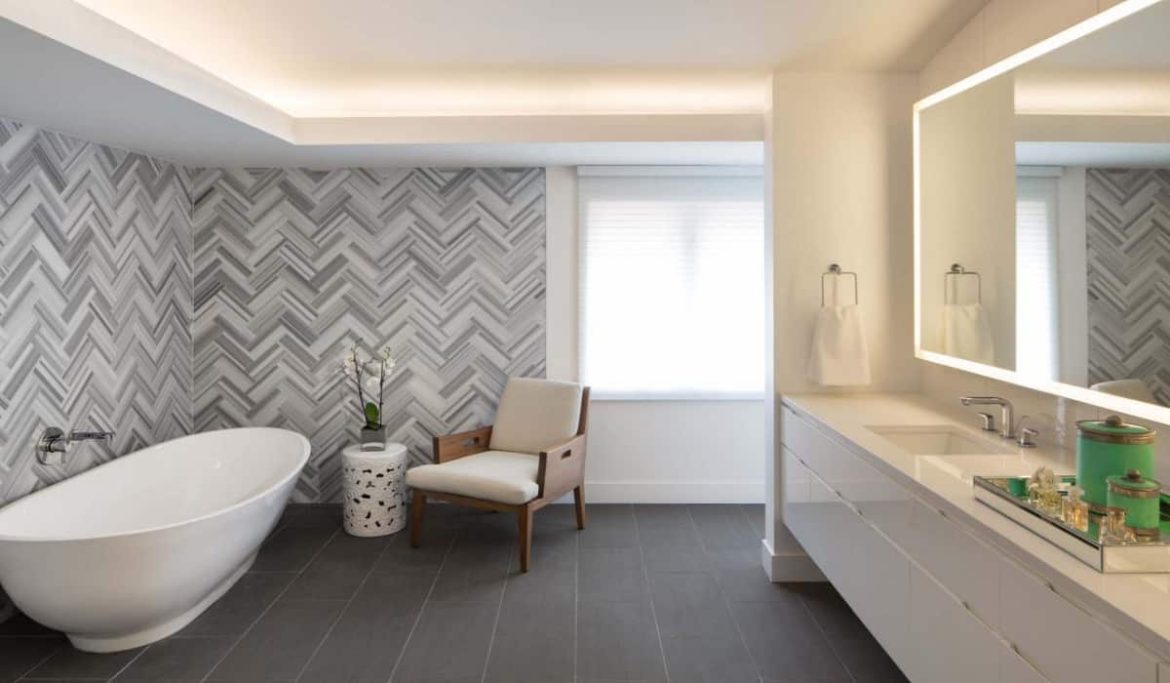
Your comment submitted.